Let's talk about DC, a very simple circuit: a light bulb and a battery.
Some authors say that electrons move from negative to positive and current from positive from negative.
I always thought electrons moved in a wire at the light speed, but this video says that charges move very slow in a wire, about 5 centimeter per hour (2 inches per hour).
If electrons are charge carriers, is this video saying that electrons move at 5 cm/hour????
If electrons are that slow how can circuits work?
The video says that electric fields move at light speed.
So, I am not understanding anything.
I aways thought the whole magic were dome by electrons...
What is the correct explanation for this?
Charges, electrons and current?
Is the effect similar to a newton cradle, where one ball knocks the first one and the force is transmitted through the chain?
